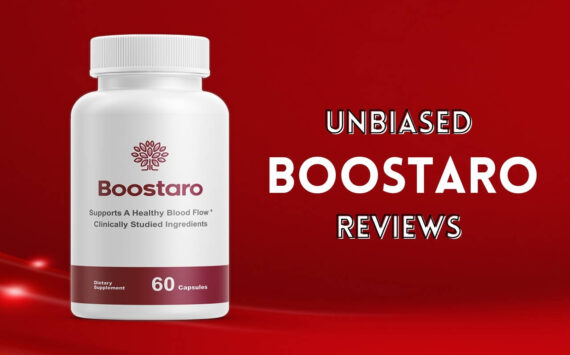I once hated green olives but that was back in my childhood. Over a few decades I passed from getting used to them to actually enjoying their flavor. Some changes are like that. Slow and incremental. When it comes to petty issues such as liking or not liking green olives, incremental change is okay. But when our well-being and way-of-life is at stake it doesnt pay to let time slip by.
So it is with our energy policy or lack of it. We still cling to fossil fuels as the most convenient and cost-effective source of energy. And why not? You cant put sunlight or wind or tidal force in a five-gallon can and carry them about. Aside from charged batteries or heated water, theres no way to store alternative energy easily.
For decades, weve been taught that alternative energy is impractical. The first photo-voltaic cells that turned the suns rays into electricity were woefully inefficient. The next generation was better, but still little more than an improvement on a scientific curiosity. That was then, this is now.
Breakthroughs in technology have now made solar power competitive with fossil fuels. Public utilities in the sun-belt are busily covering whole patches of desert with large-scale solar power plants. Thats nice for them, but when we look up at our cloud cover we think, what does that have to do with us?
Technology has advanced so that in our soggy climate we can still generate 70 percent of the solar electric power available to Los Angeles. Even that 70 percent makes electricity-producing solar collectors difficult to justify around here, but when it comes to heating water with the sun, Puget Sound consumers can realize a bigger bang for their buck than with either electricity or gas.
Like solar-electric technology, solar water-heaters have undergone improvement after improvement, finally arriving at a practical design for northern latitudes. The most promising devices are called Evacuated Tube Collectors because conversion of solar radiation to heat takes place in a vacuum inside a glass cylinder. The heat is transferred through heat-exchangers to water which is stored in heavily insulated tanks.
There is a catch. Even the most efficient solar water-heaters dont do the entire job. They can make water hot enough for most uses on sunny days but when solar radiation isnt enough, a backup water-heater is needed to do the small job of raising the temperature from warm to hot.
Just how practical are solar pre-heaters? One Tacoma homeowner claims his system cuts his water-heating costs by 70 percent. The Vancouver, B.C. International Airport lets the sun pre-heat its water. The Hyde Creek Community Center (Centre) in Coquitlam, B.C. uses solar for heating pool and shower water. An averaging of user-reports says a cost-saving of 50-55 percent should be expected in our latitude.
The technology is no longer experimental. In Israel, Austria, China and other nations, solar pre-heaters are required in new construction. China, Germany and Australia lead in the manufacture of solar pre-heaters though, at the time of this writing, none are made in the United States. A New York Times article told how Zhengrong Shi, an Australian citizen with solar-collector factories in China, became Chinas eighth richest man.
Two big questions. How much does a solar pre-heater cost and how long does it take one to pay for itself? First, it costs much more than a standard gas or electric heater. Second, in our climate it takes from five to seven years for an evacuated tube pre-heater to pay for itself. From then on, its all gravy.
How durable are they? No one knows yet since they dont seem to wear out. Should one of the three to four foot tubes in an array be flawed or damaged, it is unplugged and replaced as easily as changing a light bulb. Tests show they withstand one-inch hailstones and there is no problem with freezing. Rinsing them now and then to keep the glass shiny-bright is recommended.
Users that could benefit most are those with highest usage of hot water; Providence Hospital, Snohomish Countys YMCAs, schools, restaurants and nursing homes. Thus far, every one of those is still locked into conventional water-heating systems. With cost-benefit figures so positive and with retro-fitting a simple task, we might anticipate some conversions in the next year or two. Designers of new construction projects requiring above average hot water-use would be short-sighted to ignore this option.
There is a bigger reason than economy. Australian researchers warn that the rate at which humans are pumping carbon dioxide into the atmosphere has more than doubled since the 1990s. From 2000 to 2005, the growth rate of carbon dioxide emissions was 2.5 percent per year, whereas in the 1990s it was less than 1 percent per year. Much of the increase has settled into our atmosphere where it traps heat. Solar water-heaters could reverse that trend.
Water-heating is the number-two consumer of energy in the average home. Second only to space heating and cooling, it consumes a minimum of 14 percent of total household energy used. Given the popularity of luxury multi-head showers, soaking tubs, hot-tubs and private swimming pools, energy consumption continues to climb.
We have a problem. We now have a tool for helping to solve it that even offers financial incentives. The final question is, do we have the will and flexibility to change?
Comments may be addressed to: rgraef@verizon.net
Hot water for the 21st Century
I once hated green olives but that was back in my childhood. Over a few decades I passed from getting used to them to actually enjoying their flavor. Some changes are like that. Slow and incremental. When it comes to petty issues such as liking or not liking green olives, incremental change is okay. But when our well-being and way-of-life is at stake it doesnt pay to let time slip by.








